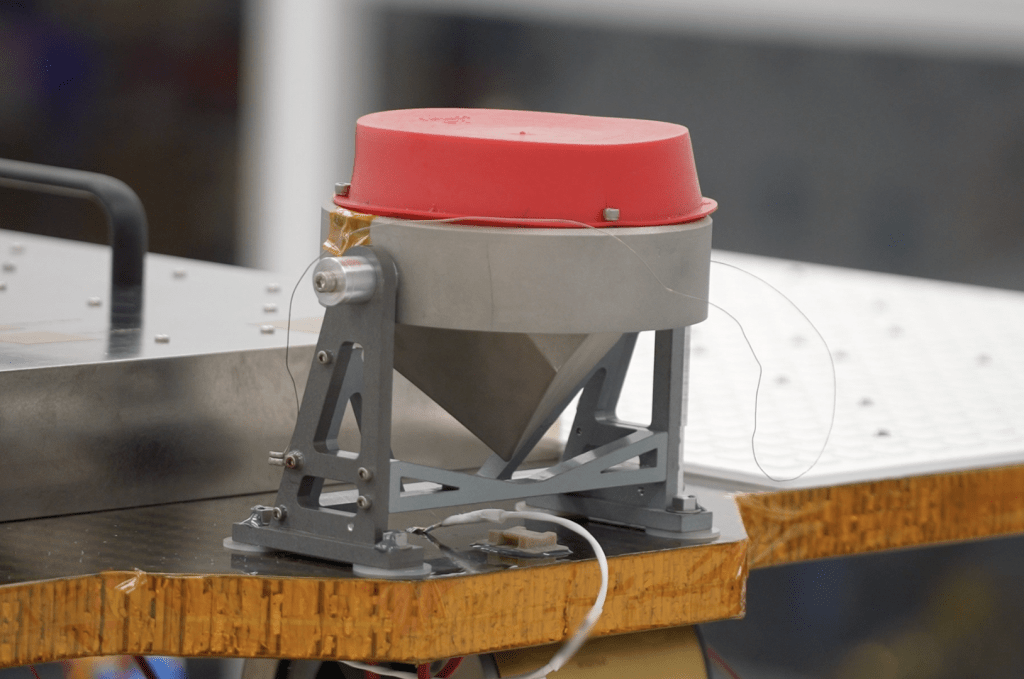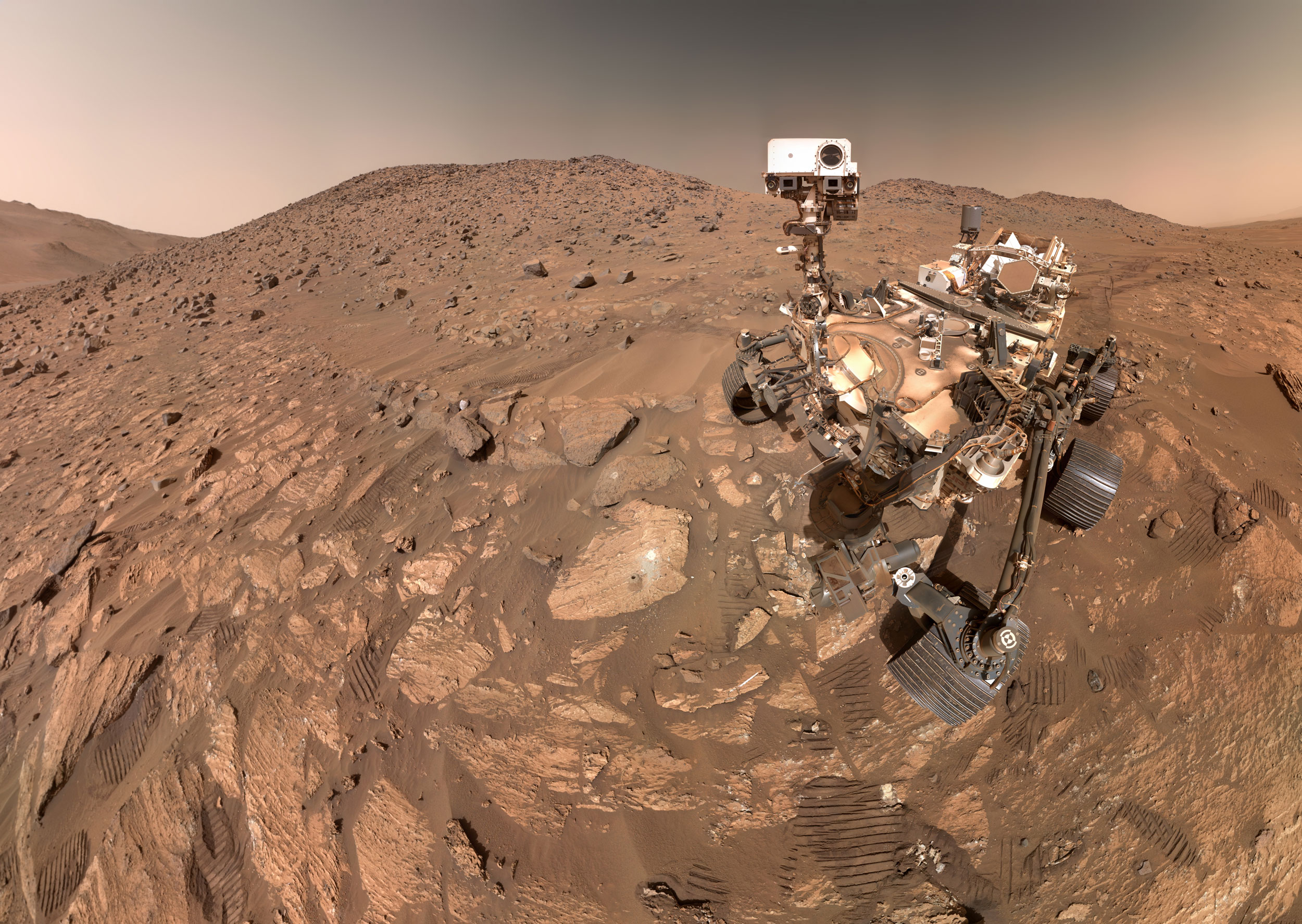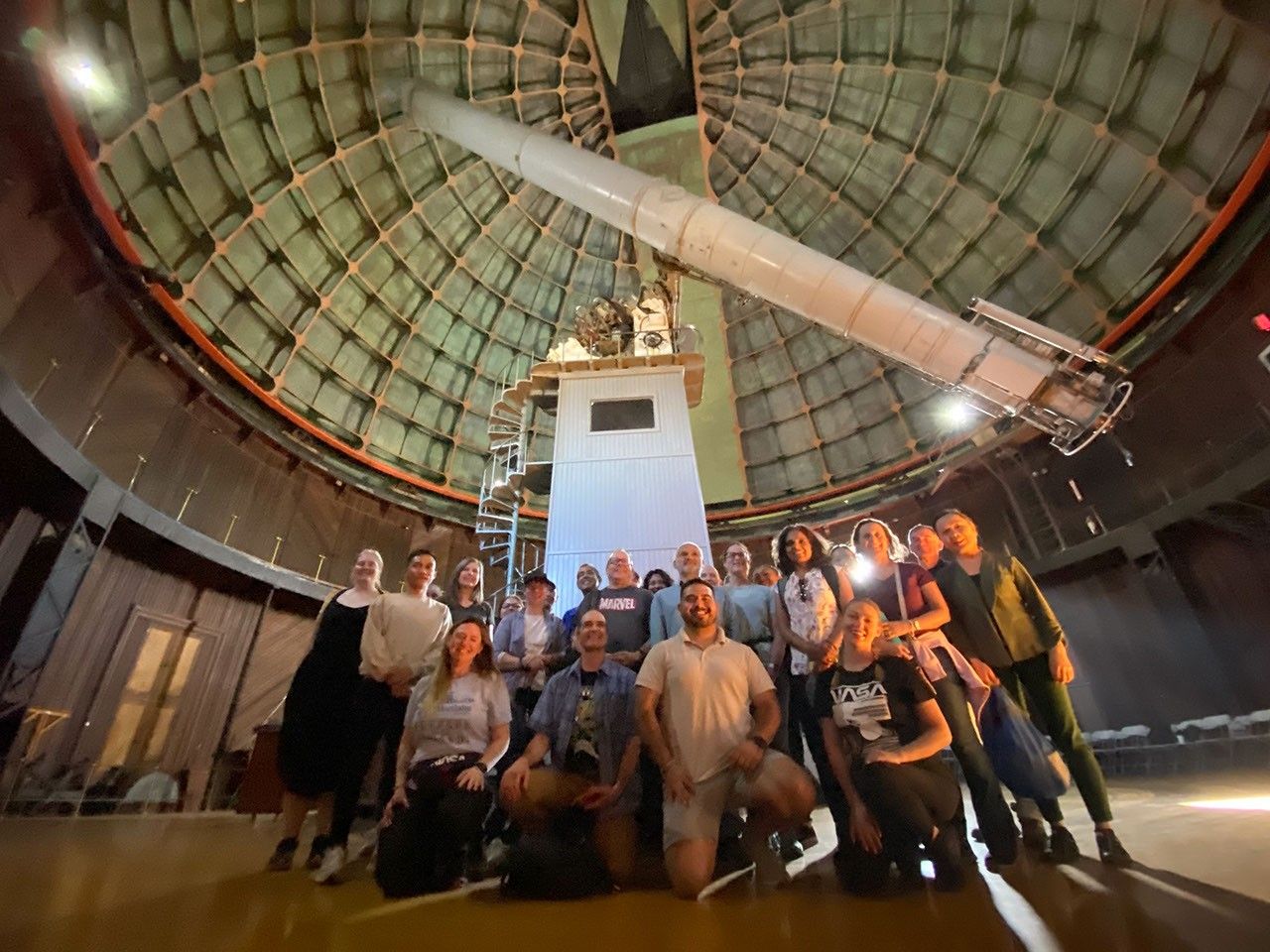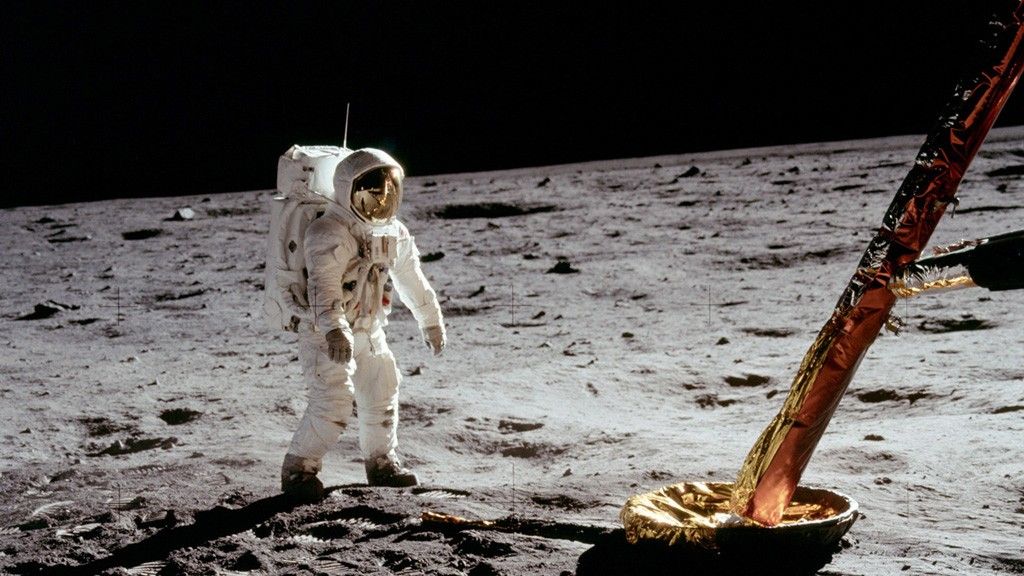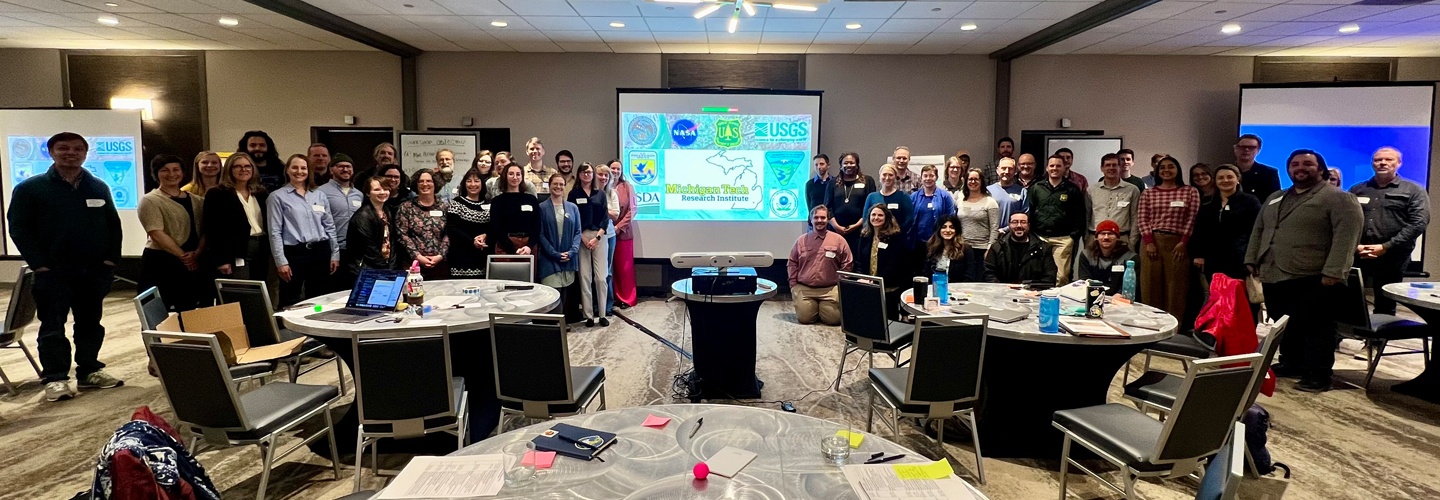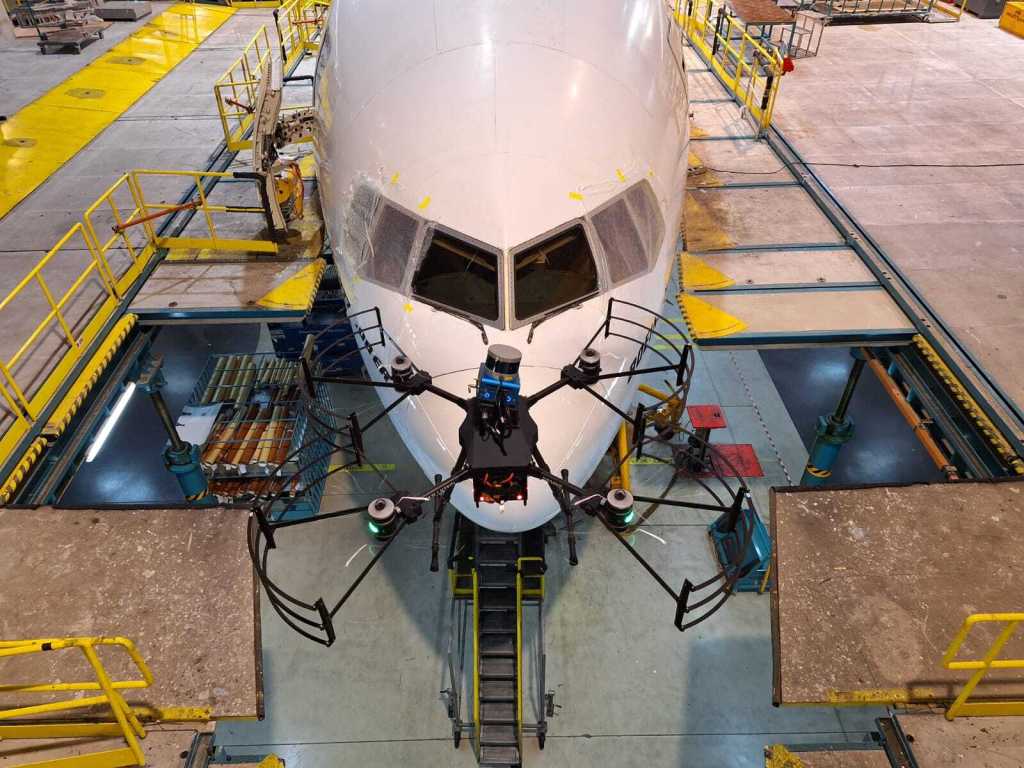NASA Stennis Space Center employee Howard Conyers already carries a number of interesting titles – Ph.D. graduate, aerospace engineer, guest lecturer and historian, traditional whole hog BBQ pitmaster. On June 20, he will add another – television celebrity.
An episode of the Cooking Channel’s Man Fire Food airing that day at 8 p.m. CDT will feature Conyers.
While the New Orleans resident could not reveal details about his appearance prior to its airing, it is a safe bet the show will involve sharing his passion for South Carolina whole hog BBQ tradition, as well as some history. It is the tradition he grew up with – and now seeks to maintain and share with others. “I’ve been involved with whole hog BBQing since I was 4 years old, watching my father,” says Conyers, who was raised near Manning, South Carolina, a rural town of about 4,000.
Conyers cooked his first whole hog at age 11, continuing a practice passed down in his home community through generations for 200 years. He perfected his cooking skills until he headed to college, where he earned an undergraduate degree at North Carolina A&T State University and a doctorate in mechanical engineering and materials science from Duke University.
Conyers then traveled west, accepting a position at Stennis Space Center near Bay St. Louis, Mississippi, in 2009. He chose to live in nearby New Orleans, still recovering from the devastating effects of Hurricane Katrina. “I saw it as a way to help rebuild and give back to the community,” Conyers says. “I made the decision to accept the job at Stennis partially because of that opportunity.”
On visits back to South Carolina, Conyers found the whole hog BBQ tradition was slowly dying in his home community. “Ultimately, I realized it was my responsibility to carry it on,” he says.
He got the chance when he saw an advertisement for the 2013 Hogs for the Cause competition in New Orleans to benefit children with pediatric cancer. For the next four years, Conyers competed, gaining notoriety for his cooking, as well as his traditionalist approach and the irresistible storyline of a rocket scientist doubling as a BBQ pitmaster. Soon, he was asked to participate in other cooking events and invited to deliver lectures on the South Carolina whole hog tradition. He cooked with award-winning chefs and eventually came to the notice of the Man Fire Food show.
Just days before the show airs, Conyers reflected on the journey and how his engineering and BBQ pursuits have dovetailed. Both are built on the experiences of those who came before: Stennis has tested rocket engines for 50 years and counting, and Conyers is continuing a generations-old cooking tradition.
Conyers saw this clearly last year when he traveled to Utah to test a new High Dynamic Range Stereo X (HiDyRS-X) camera he developed as part of a NASA Early Career Initiative Program. The revolutionary new camera allows engineers to record and view propulsion test plumes in never-before-seen detail.
During the camera’s successful test in Utah, Conyers says he realized how many different – and differing – people had contributed to and enabled the effort. “It’s just like a rocket launch,” he explains. “We may test the engines used for the launch here at Stennis, but how many hundreds of others are brought together to work and make it all possible? In the same way, food is a way to bring people together and celebrate community and diversity. Maybe not everyone can cook it a certain way, but everybody can eat it and enjoy it together.”
Engineering also has become a factor in his cooking. Conyers is intent on continuing the whole hog tradition passed down to him; in fact, he is working on a book about it. To that end, he does not invest in expensive equipment or use common instruments like a thermometer. “All I need is wood, fire and a pit to hold it,” he says. At one Hogs for the Cause competition, he even used an old converted refrigerator to cook, just as he had seen his father do years ago.
He uses a device known as a “burn barrel” to burn wood and make his own coals. He splits and seasons the pig himself, then monitors the cooking process, which usually takes about 14 hours. By the time the pig is done, Conyers has up to 24 total hours invested in the effort. Another six to eight hours of cleanup will follow. Add it up and you have a whole weekend job.
Such tradition notwithstanding, he now finds himself bringing to his BBQ efforts the same attention to detail demanded in his engineering career. “What I do is really an art form and skill,” he says. “It’s a true tradition, and I want to maintain that tradition. At the same time, I want to seek ways to improve the technical process itself.”
Conyers does with BBQ, then, what he does when dealing with an engineering problem – he takes notes, investigates what happened and why, and pays attention to extenuating factors. A lot comes into play that can affect cooking, such as weather conditions and the size of the pig. Conyers is scheduled to cook in Denver this summer, and already, he is contemplating how the higher altitude will affect his effort, something his ancestors in the Pee Dee whole hog BBQ belt of South Carolina never had to consider.
Such diligence is an illustration of the approach Conyers emphasizes when he speaks to others, particularly young people. “I really want educate people, to inspire kids that they can do anything, to be who they want to be, including a NASA engineer,” he says. “I tell them – push past your ancestors’ wildest dreams.”
For more about the HiDyRS-X project, visit:
For more information about Stennis Space Center, visit:
Valerie Buckingham
Stennis Space Center
228-688-3898
valerie.d.buckingham@nasa.gov


